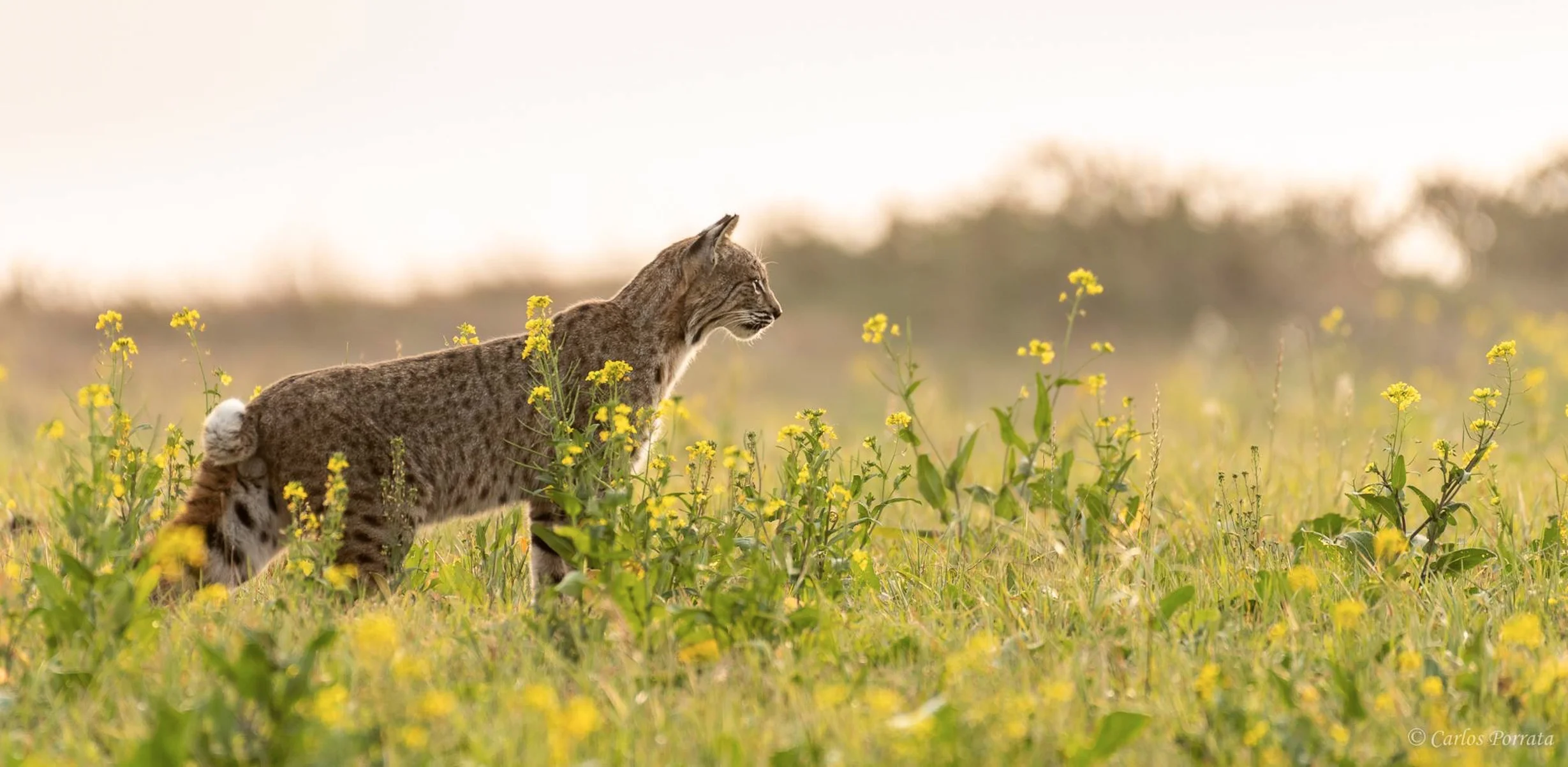Coastal (West) Marin is located in the California Floristic Province, a biodiversity hotspot with Mediterranean-type climate that supports a robust variety of flora and fauna. Biodiversity, a combination of bio (life) and diversity, generally refers to the variety and variability of life on Earth. No feature of Earth is more complex, dynamic, and varied than the layer of living organisms that occupy its surfaces and its seas, and no feature is experiencing more dramatic change at the hands of humans. This layer of living organisms—the biosphere—through the collective metabolic activities of its innumerable plants, animals, and microbes physically and chemically unites the atmosphere, geosphere, and hydrosphere into one environmental system within which millions of species, including humans, need to thrive.
West Marin's biodiversity may be mostly characterized by the natural resources of Point Reyes National Seashore and the Golden Gate National Seashore, as it covers over half the region. Point Reyes National Seashore is as varied as the landscape itself, and ranges from large marine mammals such as the blue whale to the relatively small, endangered Myrtle's silverspot butterfly. In addition, the area is home to a broad spectrum of aquatic and terrestrial environments which support a diversity of plant communities such as forests, grasslands, coastal scrub, intertidal zones and marshes, coastal dunes and wetlands.
Since 1971, EAC has been actively advocating for the protection of biodiversity from Dillon to Muir beaches. Our work is focused on bringing people, science and policy together, to solve some of these threats and champion innovative solutions where public, state, federal and private lands converge. For almost fifty years we’ve worked on various projects to protect vital ecosystems, defend critical legislation, enforce accountability of leaders and legislators and rally our community to become stewards of their backyard.
habitat & species Protection
West Marin is home to a remarkable diversity of plant and animal life, including several threatened and endangered species that rely on intact coastal, riparian, and grassland habitats. At EAC, we work to protect this rich biodiversity by advocating for science-based land use policies, restoring native ecosystems, and defending critical habitat from development and degradation. From safeguarding tule elk and monarch butterflies to preserving salmon-bearing streams, our efforts help ensure that West Marin remains a thriving refuge for wildlife.
OUTREACH & COMMUNITY ENGAGEMENT:
Point Reyes Birding and Nature Festival
pesticides
Pollution
BIODIVERSITY IN WEST MARIN:
900 species of vascular plants
(15% of all of California plants)61 endemic plants (found nowhere else on the planet)
51 rare, threatened, or endangered species
490+ North American bird species
80+ species of land and marine mammals
85+ species of fresh and saltwater fish
29+ species of reptiles and amphibians
Thousands of aquatic and terrestrial invertebrate species including sea anemones, starfish, butterflies, insects and more
Biodiversity Resources
Download the iNaturalist app to catalogue and identify plant and animal species
Download the eBird and the Merlin Bird ID apps to identify, record, and share bird sightings
Add plant observations to the Calflora database
Advisory Committee
Our Advisory Committee (board, staff, and other stakeholders) provides expertise and advice on the complicated issues facing our lands, waters, and biodiversity in coastal Marin. Their feedback and recommendations help broaden our view and scope when making decisions involving our flora and fauna, habitat and species protection, pesticide use, and pollution.
Learn more about West Marin's unique and irreplaceable landscapes and our colleagues:
Audubon Canyon Ranch
California Academy of Sciences
California Dept of Fish and Wildlife, MPA Network
California Coastal Commission
California Native Plants Society, Marin Chapter
California State Parks, Tomales Bay and Millerton Point
California State Parks, Marconi State Historic Park
Cordell Bank National Marine Sanctuary
Greater Farallones National Marine Sanctuary
Cover photo by Carlos Porrata






